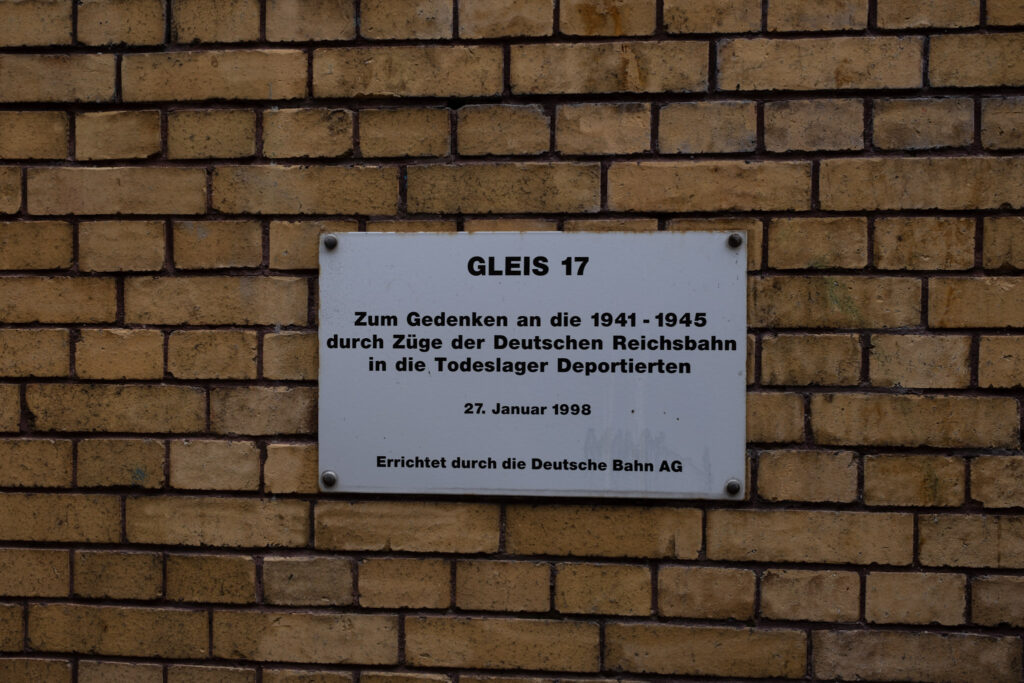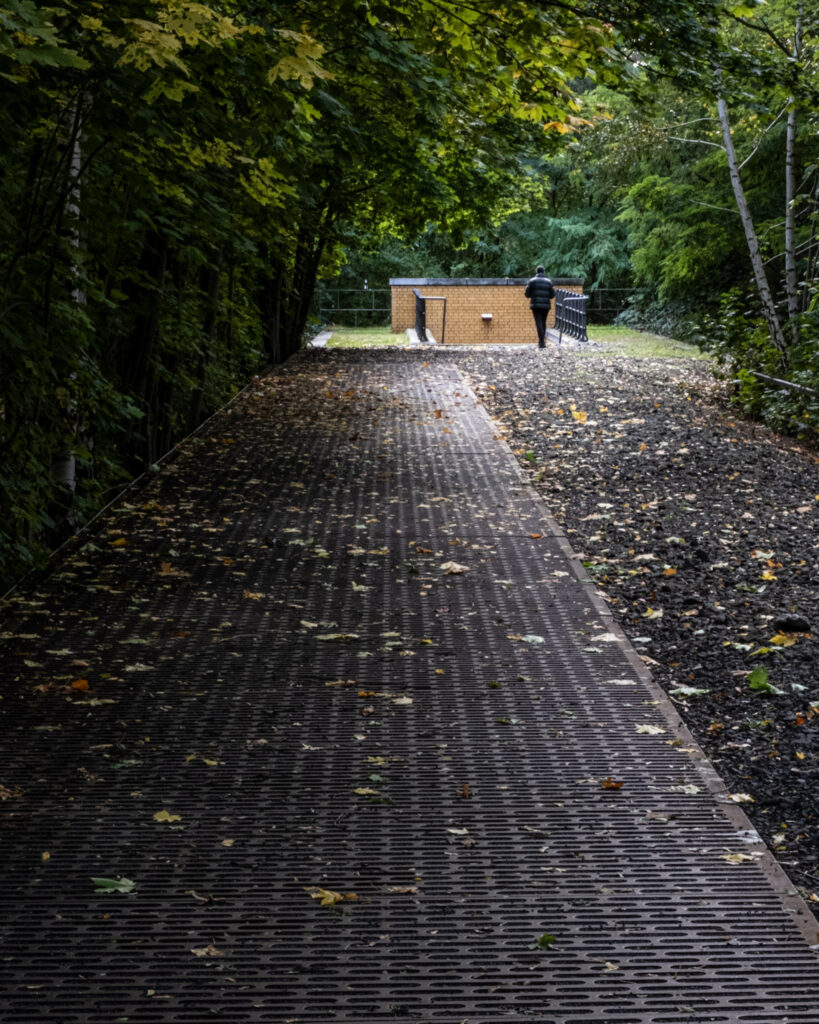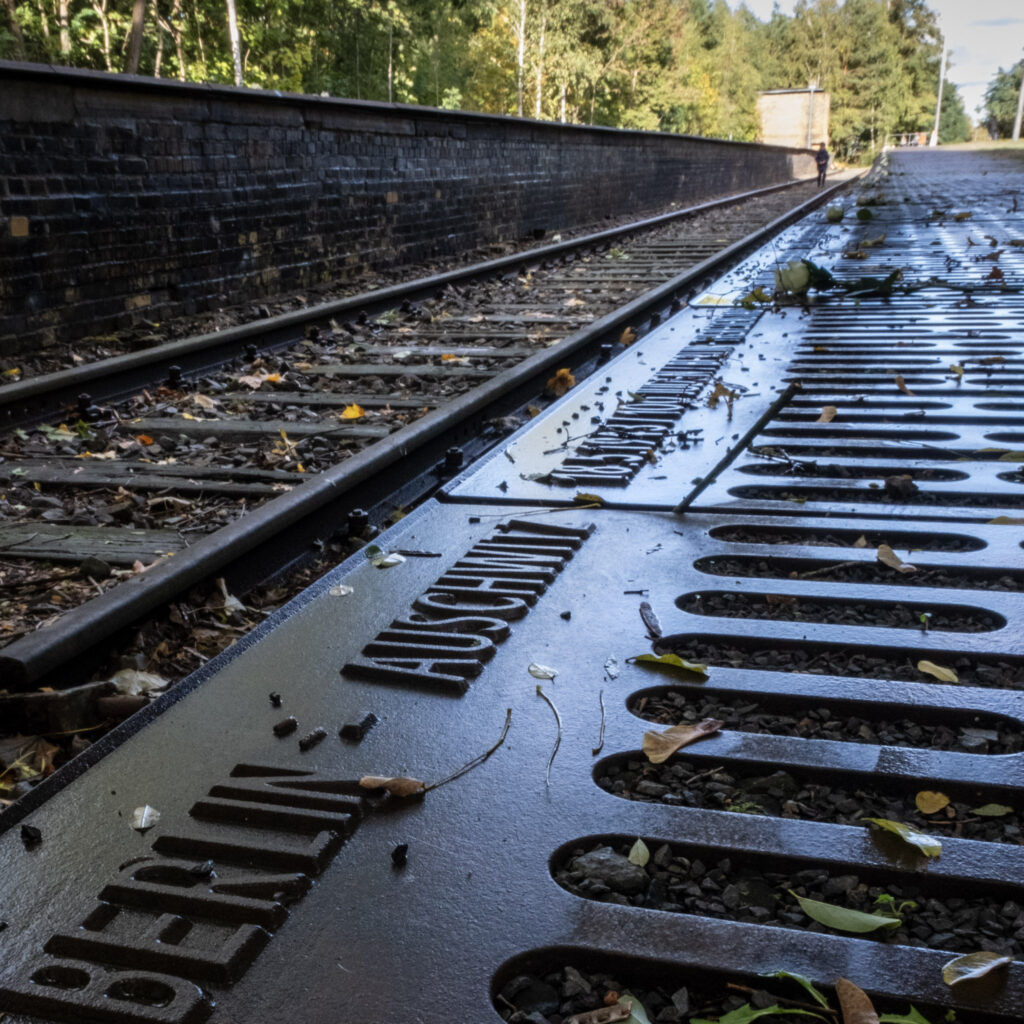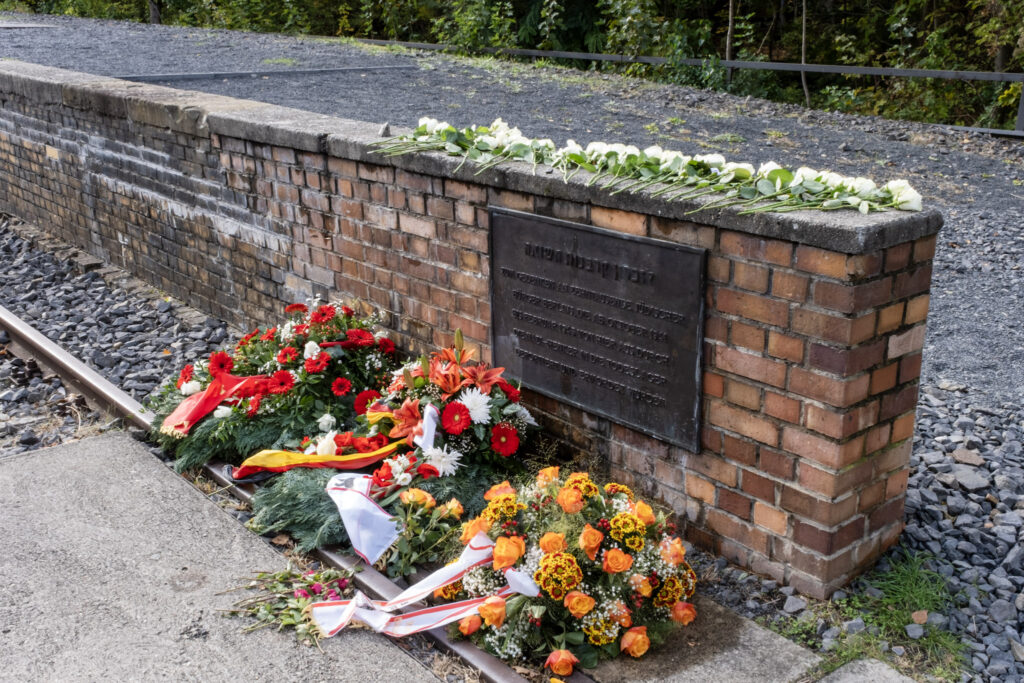During, and after, the Second World War, many acts of war were carried out in Berlin. The city, and the country for that matter, have moved on, but they will never forget what once happened. In Berlin, there are many reminders of just that. There are a number of other sights in Berlin, but here is a small selection of the ones I think were worth visiting.
The Berlin wall
The Berlin Wall was a wall built by the East German authorities in the German Democratic Republic (GDR) to separate West Berlin from East Berlin and the rest of the GDR. The wall was 45.1 kilometers long and was erected on August 13, 1961. The main purpose of building the wall was to prevent a growing number of refugees from the GDR from crossing the border. The wall was a physical barrier made of concrete, barbed wire, and electric fences that spanned 155 km in total. The wall was demolished on November 9, 1989, during the democratic revolution against the dictatorship in the GDR. Today, there are few traces left of the wall, but it can be seen in some places, such as at this memorial.
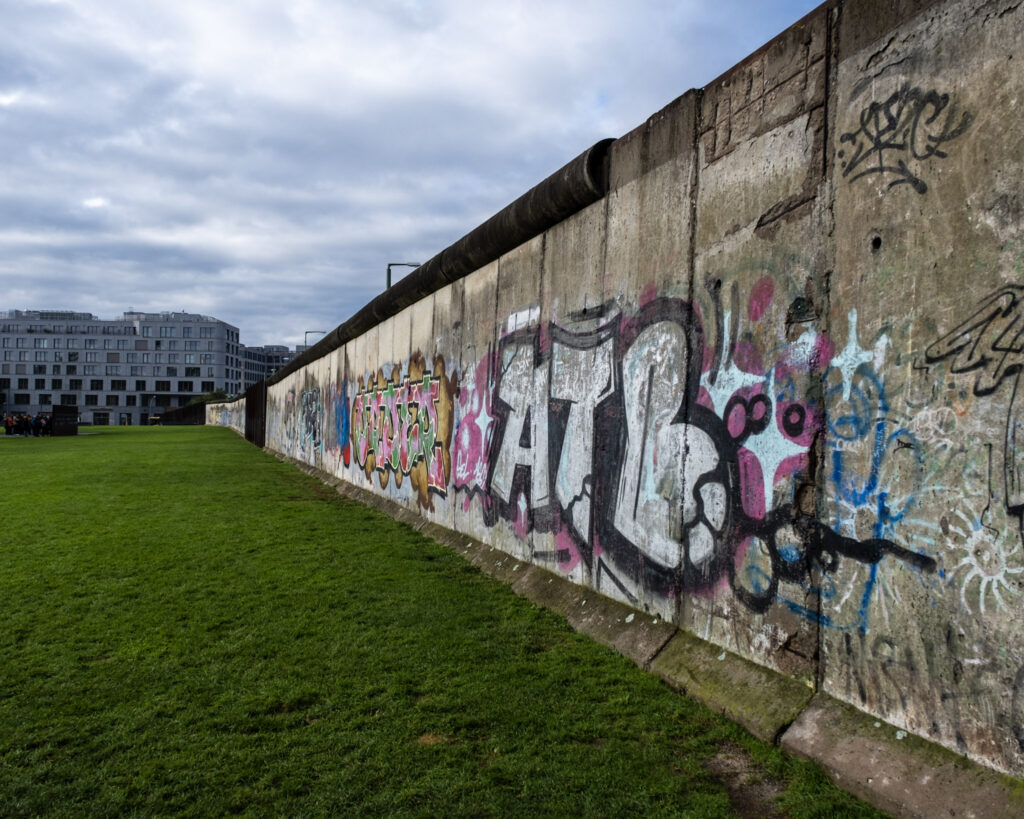
Checkpoint Charlie
Checkpoint Charlie was the most well-known crossing point of the Berlin Wall between East Berlin and West Berlin during the Cold War. It was named by the Western Allies and became a symbol of the separation between East and West. The checkpoint was located at the intersection of Friedrichstraße and Zimmerstraße and was used by diplomats, military personnel, and foreigners to cross between the two sides. The checkpoint was also a site of tension during the Berlin Crisis of 1961 when Soviet and American tanks faced each other at this location. Today, there is a museum at the site that provides information about the history of Checkpoint Charlie and its significance during the Cold War.
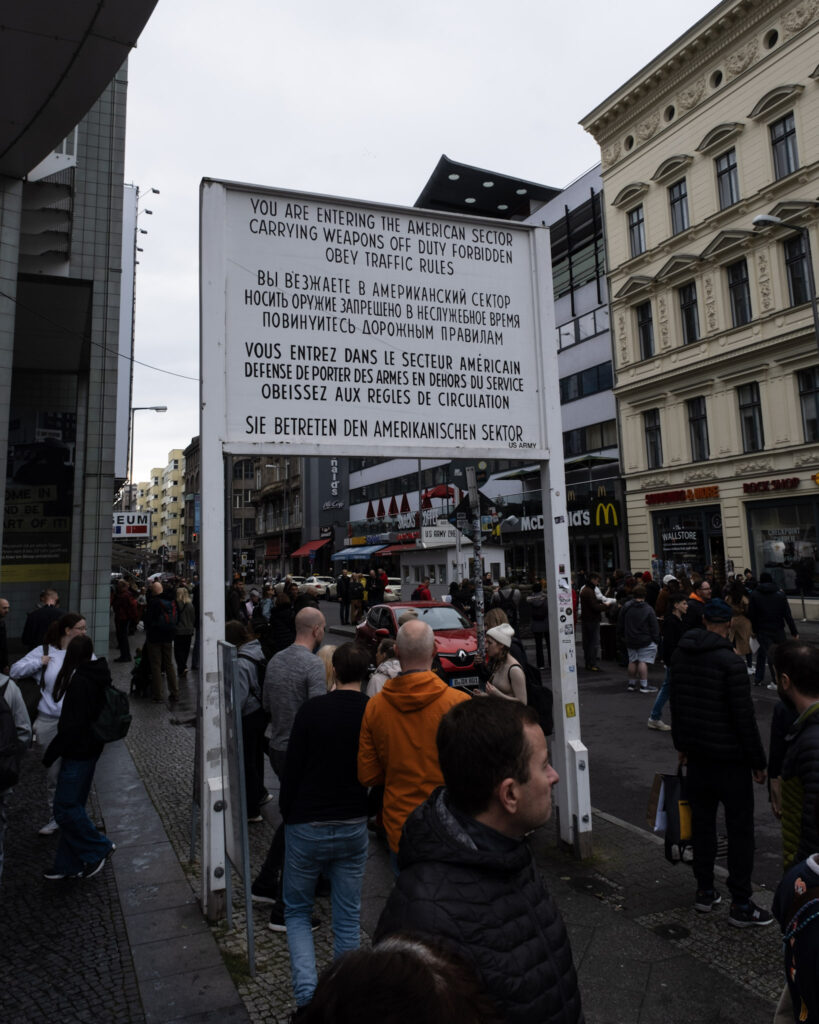
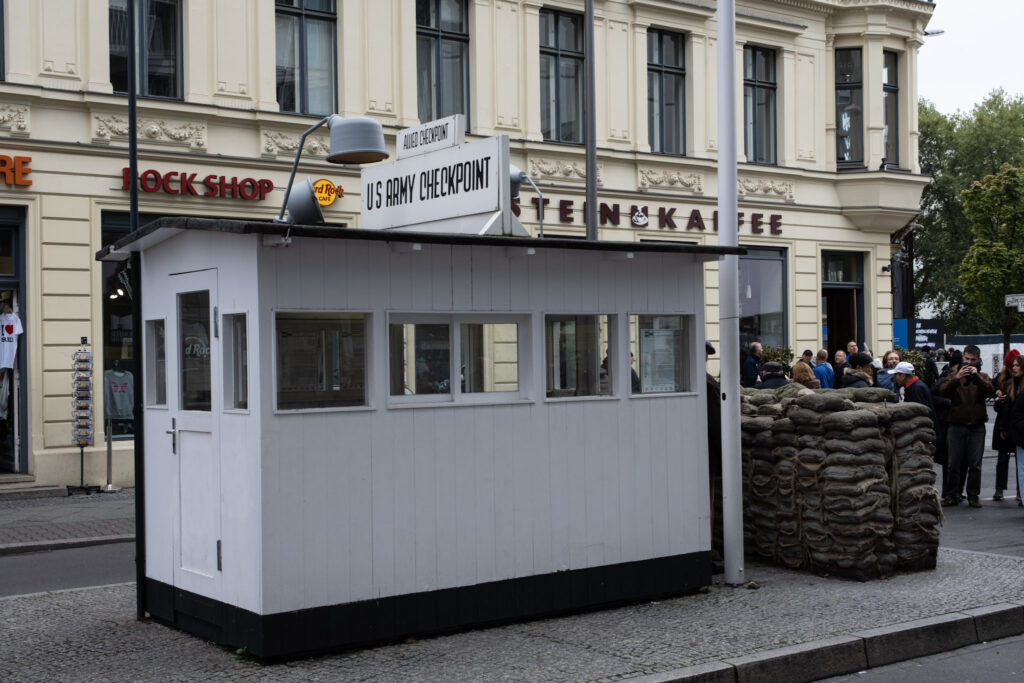
Berlin holocaust memorial
The Memorial to the Murdered Jews of Europe is a memorial in Berlin that commemorates the Jewish victims of the Holocaust. The memorial is located near the Brandenburg Gate and is one of the city’s most impressive sights. It consists of an undulating field of 2,711 concrete steles that can be passed through from all sides. While walking between the columns of different heights and the labyrinthine corridors, visitors may experience a brief moment of disorientation, which should open up space for discussion. Beneath the memorial is the Information Centre, which documents the crimes of the Nazi era in themed rooms. The field of steles and the place of information complement each other and together form the Memorial to the Murdered Jews of Europe.


Gleis 17
Gleis 17 is a memorial located at the Grunewald train station in Berlin. It commemorates the thousands of Jews who were deported from this platform by trains of the Deutsche Reichsbahn to concentration and labor camps during World War II. From autumn 1941 to spring 1942, approximately 10,000 German Jews were deported from this platform to concentration and labor camps, including Auschwitz-Birkenau and Theresienstadt. Of the more than 50,000 Jews in Berlin, over 30,000 were deported from the Moabit freight yard and nearly 10,000 from the Anhalter Bahnhof. The memorial was designed by architects Nicolaus Hirsch, Wolfgang Lorch and Andrea Wandel and consists of 186 steel-cast plates embedded in the railway gravel. These plates list all the deportation trains from Berlin in chronological order with their destinations and the number of Jews deported. The vegetation between the rails is a symbol that no train will ever leave this platform again.
For me, this memorial was the one that made the biggest impression. It is so simple, yet so strong.
